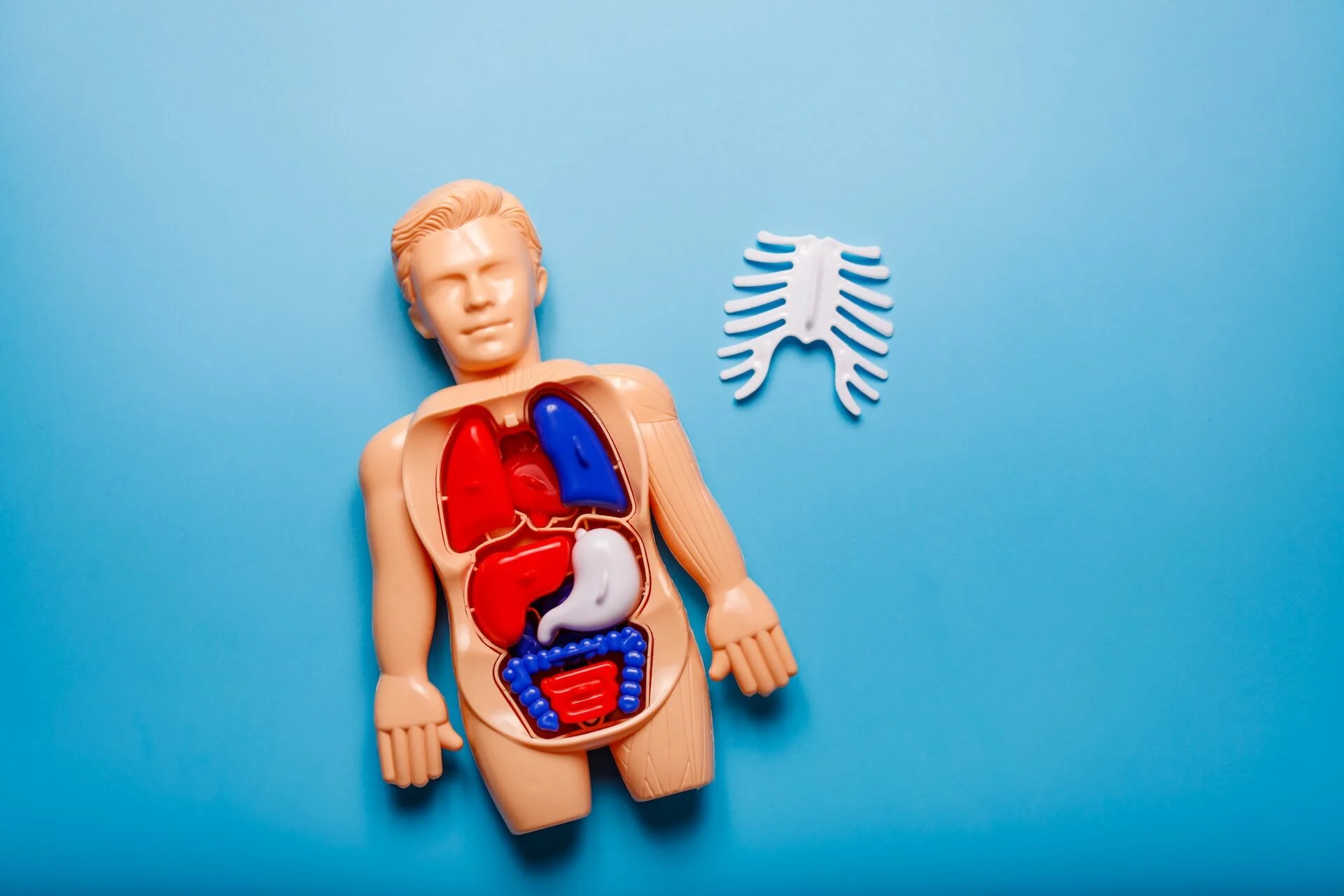SIBO doesn’t have to keep coming back. Learn why Small Intestine Bacterial Overgrowth often recurs—and how to heal the root causes like motility, gut damage, and enzyme imbalance for lasting relief.
When “Treat, Improve, Relapse—Repeat” Feels Endless
When Chaya*, a 32-year-old mom of four, first came to me, she was exhausted—not only from daily bloating, brain fog, and bathroom struggles, but from the constant cycle of temporary fixes.
After years of digestive issues, she finally received a SIBO (Small Intestine Bacterial Overgrowth) diagnosis. Two rounds of antibiotics brought short-term relief, but within weeks, the symptoms crept back.
She had followed a low FODMAP diet for months, finding partial improvement but still unable to enjoy the salads and high-fiber foods she loved.
Chaya was stuck in a loop I see all too often: treat → improve → relapse → repeat.
But here’s the truth I always share with my clients: when SIBO keeps returning, it’s not just about clearing bacteria — it’s about healing why it’s happening in the first place.
SIBO 101: Why It Keeps Coming Back
SIBO occurs when bacteria—even normal, healthy types—migrate into the small intestine, where they ferment food too early and create excess gas. The result? Bloating, belching, constipation or diarrhea, abdominal discomfort, fatigue, and brain fog.
But why does it so often return, even after antibiotics or herbal antimicrobials?
One of the biggest culprits is damage to the Migrating Motor Complex (MMC)—the gut’s natural “cleaning wave.” The MMC sweeps bacteria and food remnants out of the small intestine between meals, roughly every 90 minutes. If that wave isn’t working properly, bacteria linger and recolonize where they shouldn’t.
Research from experts like Dr. Mark Pimentel and Dr. Allison Siebecker shows that SIBO often begins after food poisoning or a GI infection. These infections can damage the nerves controlling the MMC, setting the stage for chronic relapse.
If you’ve ever had a “stomach bug” or food poisoning, you may be dealing with lingering nerve damage that quietly disrupts motility long after you’ve recovered.
How We Broke the Cycle: Chaya’s SIBO Recovery Plan
Step 1: Re-Treat SIBO the Smart Way
We started by re-testing to confirm Chaya’s SIBO gas type and levels, then built a customized antimicrobial plan using herbal blends. This time, we added a key ingredient: Partially Hydrolyzed Guar Gum (PHGG).
PHGG is a gentle prebiotic that enhances the effectiveness of antimicrobial treatments by helping them reach bacteria hiding deeper in the small intestine. Despite misconceptions, when introduced properly, PHGG typically reduces—not worsens—symptoms.
We also practiced meal spacing (at least 4 hours between meals) to activate the MMC’s cleansing wave. Small, simple changes like this can make a huge difference in relapse prevention.
Step 2: Support Gut Motility After Treatment
In the past, Chaya had been told to “just resume normal eating” after antibiotics—no follow-up plan, no prevention strategy.
This time, we prioritized motility support. She used a prokinetic (a compound that stimulates the MMC) for 12 weeks after treatment.
Options include pharmaceutical choices like prucalopride or herbal blends with ginger and Iberogast. Chaya chose an herbal blend, and within two weeks, noticed more regular bowel movements and far less bloating.
Motility support is non-negotiable in my practice—it’s one of the most effective ways to keep SIBO from returning.
Step 3: Use Probiotics Strategically (Not Randomly)
Many people with SIBO are told to avoid probiotics, fearing they’ll “feed the overgrowth.” But used strategically, probiotics can help restore microbial balance and prevent relapse.
For Chaya, I used a targeted trio:
- Saccharomyces boulardii – a non-pathogenic yeast that crowds out harmful bacteria and supports gut lining repair.
- Spore-based probiotics – hardy strains that don’t ferment in the small intestine and help rebalance the microbiome.
- BioGaia Protectis (L. reuteri) – excellent for methane-dominant SIBO; supports motility and reduces methane-linked constipation.
With this approach, her gut stayed balanced and she successfully reintroduced more diverse, plant-based foods without setbacks.
Step 4: Address Overlapping Issues That Mimic or Fuel SIBO
SIBO rarely exists in isolation. Overlapping issues often need to be addressed to achieve lasting healing.
In Chaya’s case, we uncovered two key contributors:
- Chronic constipation – When bowels don’t move, neither do bacteria. We used magnesium oxide, dietary timing, and motility support to restore regularity.
- Low digestive enzyme and bile function – Common after long-term SIBO or chronic stress. Digestive bitters and targeted enzymes helped her digestion reset.
Four Months Later: Lasting Improvement
Four months into our work together, Chaya wasn’t just symptom-free—she was thriving.
Her bloating resolved, energy returned, and digestion was predictable for the first time in years. She no longer feared food and could enjoy the fiber-rich, plant-based meals that once triggered symptoms.
This wasn’t just about comfort—it was about resilience. A balanced, diverse diet supports long-term microbiome health and helps prevent chronic disease.
If you’re dealing with stubborn or recurring SIBO, know this: it’s not your fault. The issue isn’t you—it’s that the root causes haven’t been fully addressed yet. Once they are, real, lasting healing becomes possible.


